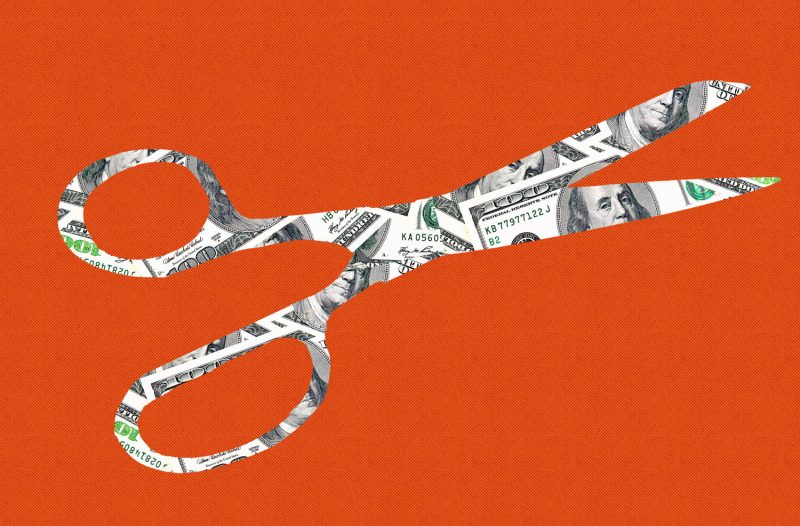
Prepare Your Finances: Smart Moves to Make Before the Impending Interest Rate Cut!
Understanding Interest Rate Cuts
Primarily, before anything else, the best action to take is understanding what an interest rate cut exactly is. Typically, central banks, like the Federal Reserve in the United States, determine the cost of borrowing money. They can either raise, maintain, or reduce these interest rates based on economic conditions. When a rate cut is announced, it usually signifies a reaction to a struggling economy in an attempt to stimulate growth and consumer spending. The costs of borrowing fall, and people tend to borrow more, therefore, spend more.
Implications on Savings
An impending interest rate cut has direct consequences on savings accounts. Banks will likely reduce their savings rates that could result in lower returns on your existing savings. This decrease might be gradual or immediate, depending significantly on how the bank responds to the cut. However, you shouldn’t panic and withdraw your money; it’s essential to review your savings strategy, consider diversifying your investments and possibly look into other savings options that could potentially offer higher yields.
Debt Management Strategy
On the flip side, an interest rate cut can also provide opportunities, particularly when it comes to managing debt. This period is the perfect time to refinance any existing loans or credit card balances. Lower interest rates mean reduced costs of borrowing, leading to lower monthly payments on mortgages, student loans, car loans, credit card balances, and more. It’s a great time to re-evaluate existing lending products and look for those offering lower rates.
Investing Opportunities
Market volatility often accompanies rate cuts, presenting buying opportunities for shrewd investors ready to withstand short-term market instability. Historically, rate cuts tend to lead to increased spending, which eventually leads to increased corporate earnings, pushing stock prices up. Therefore, it might be a good time to consider investing in long-term bonds and fixed income products or in the stock market, depending on your risk tolerance.
Diversifying your Portfolio
A key strategy to deal with interest rate cuts is to diversify your investment portfolio. Spreading your investments across a variety of assets – bonds, stocks, real estate, etc., can help you balance risk and reward. Market conditions that unfavorably affect one type of asset may favor another, cushioning the financial blow.
Reviewing Your Financial Goals
Finally, use the interest rate cut as an opportunity to review your long-term financial goals. It might be the ideal moment to re-balance your financial portfolio, rethink your savings goals, or reconsider your investment strategies.
